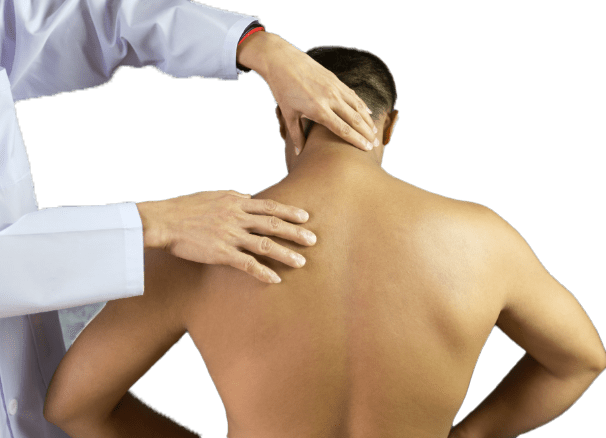October 20, 2022

Clinical Somatics is a type of neuromuscular education that relieves chronic pain and prevents recurring injuries by reeducating your nervous system. The nervous system is responsible for telling our body how to move and how to use our body to achieve a certain function. For example, our nervous system tells us which muscles to contract and which to relax and how to hold our bodies when we are sat or stood still.
We adopt certain habits around posture and movement. The more we repeat a certain posture or movement the more deeply learned that muscular pattern becomes. With time and repetition the patterns become so deeply ingrained that we don’t have to consciously think about them. This is called muscle memory. Muscle memory is beneficial as it automates our day to day functions and tasks. However, sometimes we can learn and adopt patterns that may cause continuous muscle tension and damage to our bodies and may cause recurring or chronic pain.
The only way to change these deep patterns which may be causing pain, dysfunction or inefficient musculoskeletal functioning is by reeducating the nervous system through an active learning process called pandiculation.
I have tight muscles. Why not just stretch?
The myths about stretching…
While static stretching was considered the gold standard to ease off muscle tension its evidence is lacking, and recent findings suggest there is no long term value to static stretching. Static stretching does not achieve the results of easing out chronically tight muscles as you are only “pulling” the muscle without any higher order brain function. Stretching only activates your stretch reflex, which is hardwired into our nervous system and essentially serves as a cue to prevent us from tearing our muscles – it is an essential survival mechanism. Pulling on a passive muscle won’t make it longer. Stretching for a longer duration of time may temporarily lengthen your muscles however, within a few hours the muscle will return to its initial length therefore not resulting in any long term change.
What is Pandiculation?
When our nervous system senses built up tension it instinctively contracts and releases muscles to stimulate our sensorimotor system and prepares our bodies for movement. For example, when you wake up in the morning you get the urge to arch your back and move your arms and legs or when you yawn, this is not a static stretch this is a pandiculation. It involves a series of conscious voluntary isometric contractions followed by a slow controlled lengthening of muscles and then relaxation time for your nervous system to integrate the new learned feedback. Pandiculation helps decrease your baseline level of muscle tension over time.
Animals are experts at pandiculating. Think of cats and their agility, their ability to jump and leap great heights, the ability to contort their bodies into all sorts of positions when they are grooming themselves. When they wake up from sleep the first thing they do is pandiculate and they continuously do so throughout the day. This prepares their nervous system to move. The next time you see a cat, sit and observe how they move.
Clinical Somatics works on addressing full body patterns and function. It creates efficiency in movement and helps maintain suppleness, elasticity and springiness of your musculoskeletal system.
Its benefits include releasing chronic muscle tension, improving range of motion, preventing injury, enhancing athletic performance, reducing stress, improving breathing and sleep.
Conditions that may benefit from Somatics:
- Joint pain, back pain, neck and shoulder pain
- Degenerative disc disease
- Repetitive Strain Injuries
- Headaches
- Poor posture (kyphosis, sway back)
- Scoliosis
- Breathing problems
If you want to learn more about Somatics and experience for yourself please contact us.












